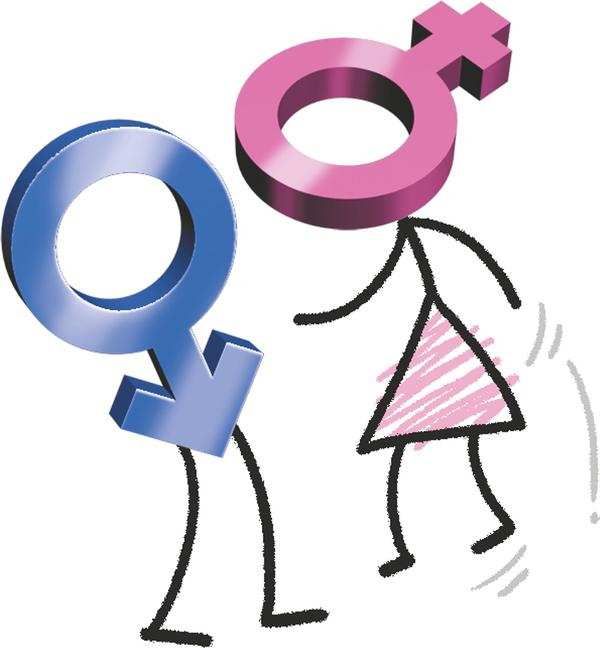According to the national family health survey in Kutch’s Gandhidham, Lakhpat, Mundra and Mandvi talukas, the sex ratio at birth was 994 in 2019-20. Sex ratio at birth denotes the number of female babies born per 1,000 male babies in the age group of zero to five years.

Experts said, the probability of birth of a girl child is naturally higher compared to male babies and the sex ratio at birth then should be 1,025 to 1,030. However, the villages identified by the district administration shows sex ratio at birth between 886 and 970.
This astounding fact came out during a meeting of the PNDT committee of the Kutch district panchayat that was organized in the last week of August. The committee is formed under the Pre-Conception and Pre-Natal Diagnostic Techniques (PCPNDT) Act. In order to ensure that the sex ratio at birth is maintained, the district health department minutely monitors the birth register at the primary health centres.
Data for 2021-22 that was shared in the meeting showed a skewed sex ratio at birth in urban Adipur-2, Gandhidham-1, Kidana, Nirona, Magvana, Netra, urban Bhachau, Amardi, Jungi, Dholavira, Mota Dinara, Kodki, Mandvi, Aasambiya, Nana Kodai, Gundiyali, Mota Layja, Moti Bhadey, Lavana, Darshadi, Mota Kandagara, Bhujpur, Chitrod, Gedi, Bhimasar, Gagodar, Bela, Suvai, Narayan Sarovar, Baranda, Dhaduli, Matana Madh.
The meeting thereafter resolved to conduct an aggressive inspection in 90 days on sonography centres near these villages.
Talking to TOI, chief district health officer Janak Madhak said, “The overall sex ratio in Kutch has improved. However, our internal monitoring of birth registers in some pockets showed sex ratio in children between zero to five years to be between 886 and 970.”
Explaining the reasons behind the skewed ratio, Madhak said, “The major reason could be the illegal sex determination tests. We hope to end the illicit practice through a strict inspections.”
He further said that selective delivery could be the other reason. Many couples don’t prefer a second child if the first child is a boy and go for a second child only if the first child is a girl, he added.
The meeting also decided to conduct surprise inspections in all the licenced sonography centres and increase human intelligence in order to find out illegal sex determination tests. A campaign will also be conducted in these areas to spread awareness about the importance of girl child, through newspaper advertisements, posters, and street plays among other mediums.